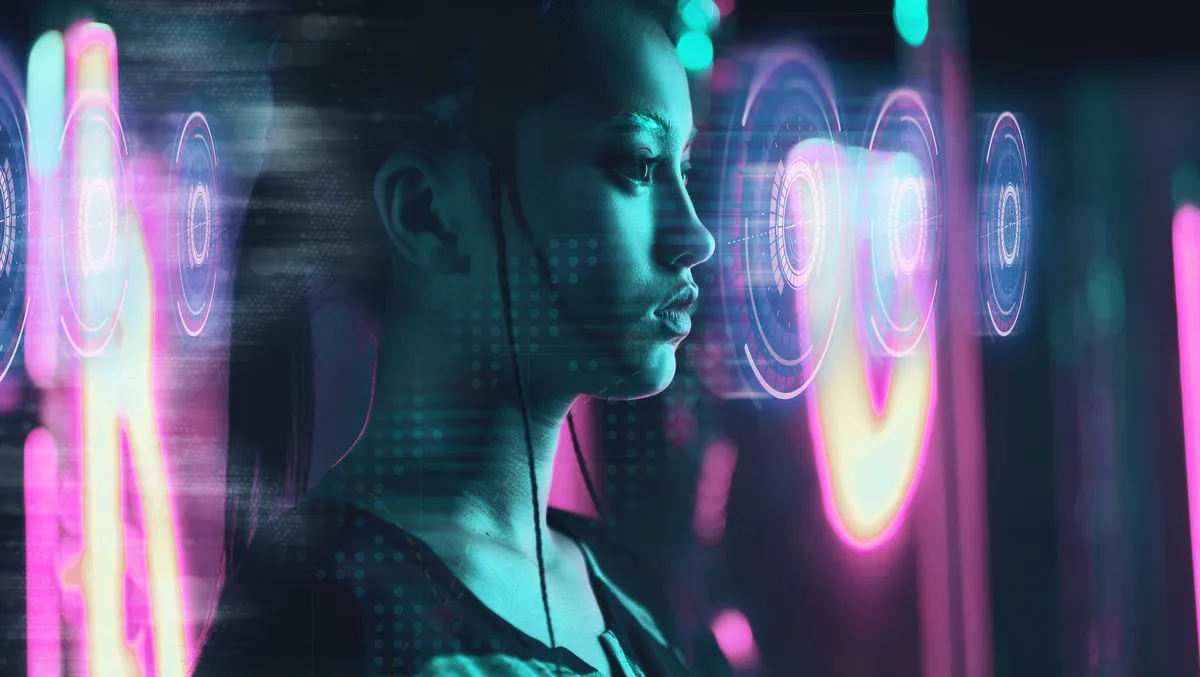
Deepfake and AI 101: Twelve tips to spot a deepfake
What is a deepfake?
Deepfakes are synthetic media that digitally alter a person in an existing image or video to create a believable representation of someone else's likeness.
Specifically, deepfakes are AI images and sounds put together with machine-learning algorithms. The technology can manipulate media and replace a real person's image, voice, or both with similar artificial appearances and voices. Deepfakes essentially create people that don't exist, making it appear that real people are saying and doing things that they did not in fact say or do.
Deepfakes can be used maliciously or with unethical intent, and this means they are a potentially dangerous tool.
What is the purpose of a deepfake?
A deepfake seeks to deceive viewers with manipulated, fake content. Its creator wants you to believe something was said or happened that never occurred. What's the purpose in that? Deepfake creators can use this fake media for malicious purposes like spreading misinformation, stealing identities and pushing propaganda.
Deepfake technology, like other AI, can now be used for nefarious purposes, such as threatening cybersecurity, influencing political elections, individual and corporate finances, aiding or harming reputations, and more. This misuse can play out in scams against individuals and companies, including on social media. Therefore, it is essential that you can spot a deepfake.
How can you spot a deepfake?
Poorly made deepfake videos may be easy to identify, but spotting higher-quality deepfakes can be challenging. Continuous advances in technology make detection infinitely more difficult.
However, there are notable tell-tale characteristics that can help you spot deep fakes on your own and with some AI help. Here are 12 things to look for when determining if a video is real or fake.
1. Unnatural eye movement and facial expressions. Eye movements that don't look natural — or a lack of eye movement, such as an absence of blinking — are huge red flags. It's challenging to replicate a real person's eye movement and blinking in a way that looks natural.
2. Awkward facial-feature positioning. If someone's face is pointing one way and their nose is pointing another way, you should be sceptical about the video's authenticity.
3. A lack of emotion. You also can spot what is known as "facial morphing" or image stitches if someone's face doesn't seem to exhibit the emotion that should go along with what they're supposedly saying.
4. Awkward-looking body, posture or movement. Another sign is if a person's body shape doesn't look natural or if the positioning of the head and body is awkward. This is often one of the easier inconsistencies to spot because deepfake technology usually focuses on facial features rather than the whole body. If someone looks distorted or their movements are jerky and disjointed from one frame to the next, you should suspect the video is fake.
5. Unnatural colouring. Abnormal skin tone, discolouration, weird lighting, and misplaced shadows are all signs that what you're seeing is artificial.
6. Hair and teeth that don't look real. You won't see frizzy or flyaway hair, or the outlines of individual teeth. Why? Fake images won't be able to generate these unpredictable and subtle details.
7. Blurring or misalignment. If the edges of images are blurry or visuals are misaligned — for example, where someone's face and neck meet their body — something is amiss.
8. Inconsistent noise or audio. Deepfake creators usually spend more time on the video images rather than the audio. The result can be poor lip-syncing, robotic-sounding voices, strange word pronunciation, digital background noise, or even the absence of audio.
9. Images that look unnatural when slowed down. If you watch a video on a screen larger than your smartphone or have video-editing software that can slow down a video's playback, you can zoom in and examine images more closely. Zooming in on lips, for example, will help you see if they're really talking or if it's bad lip-syncing.
10. Hashtag discrepancies. There's a cryptographic algorithm that helps video creators show that their videos are authentic. The algorithm is used to insert hashtags at certain places throughout a video. If the hashtags change, then you should suspect video manipulation.
11. Digital fingerprints. Blockchain technology can also create a digital fingerprint for videos. While not foolproof, this blockchain-based verification can help establish a video's authenticity. Here's how it works. When a video is created, the content is registered to a ledger that can't be changed. This technology can help prove the authenticity of a video.
12. Reverse image searches. A search for an original image, or a reverse image search with the help of a computer, can unearth similar videos online to help determine if an image, audio, or video has been altered in any way. While reverse video search technology is not publicly available yet, investing in a tool like this could be helpful.

